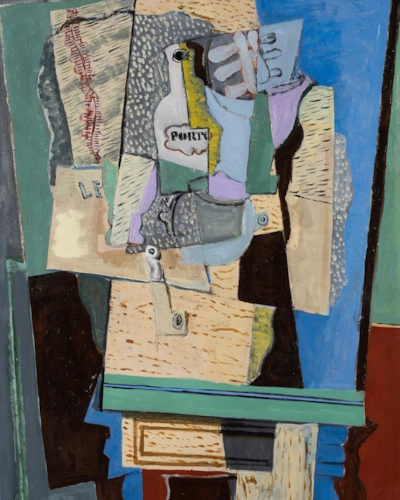Jankel Adler
(1895 - 1949)
Jankel Adler
biography
In 1912 he moved to Belgrade where he began training as an engraver with his uncle and then went to Germany in 1914 where he lived for a time with his sister in Barmen. There he studied at the college of arts and crafts with Professor Gustav Wiethücher.
Between 1918 and 1921 he moved between Lodz and Germany until, in 1922, he settled in Düsseldorf where he became a teacher at the Academy of Arts and became acquainted with Paul Klee, who influenced his work. A painting by Adler received a gold medal at the exhibition “German art Düsseldorf” in 1928. In 1933, with the rise of Hitler’s Nazi regime, he left Germany for Paris.
With the outbreak of World War II in 1939, he volunteered for the Polish army, which had been reconstituted in France; in 1941 he was dismissed for health reasons and lived thereafter in Kirkcudbright in Scotland. In 1943 he moved to London.
He died in 1949 at the age of 53 years with the bitter knowledge that none of his nine brothers and sisters had survived the Holocaust.
Throughout his life, he was involved in Jewish activities and his work dealt with the Jewish identity; the Germans referred to him as the "Artist of the Jews".
Although influenced by many artists (Chagall, Klee, Picasso, Braque), Adler maintained a unique style and personal mark. He engaged in many techniques and styles - beautiful drawings, woodcuts, watercolours and oil paintings mixed with sand to create a unique texture. His subjects range from figurative to abstract; his figures are rich in expression but always with a certain sadness.
In 1986 the Tel-Aviv Museum showed a large retrospective exhibition of his works in conjunction with the Dusseldorf Museum and the Stuky Museum in Lodz.
Jankel Adler
biography













